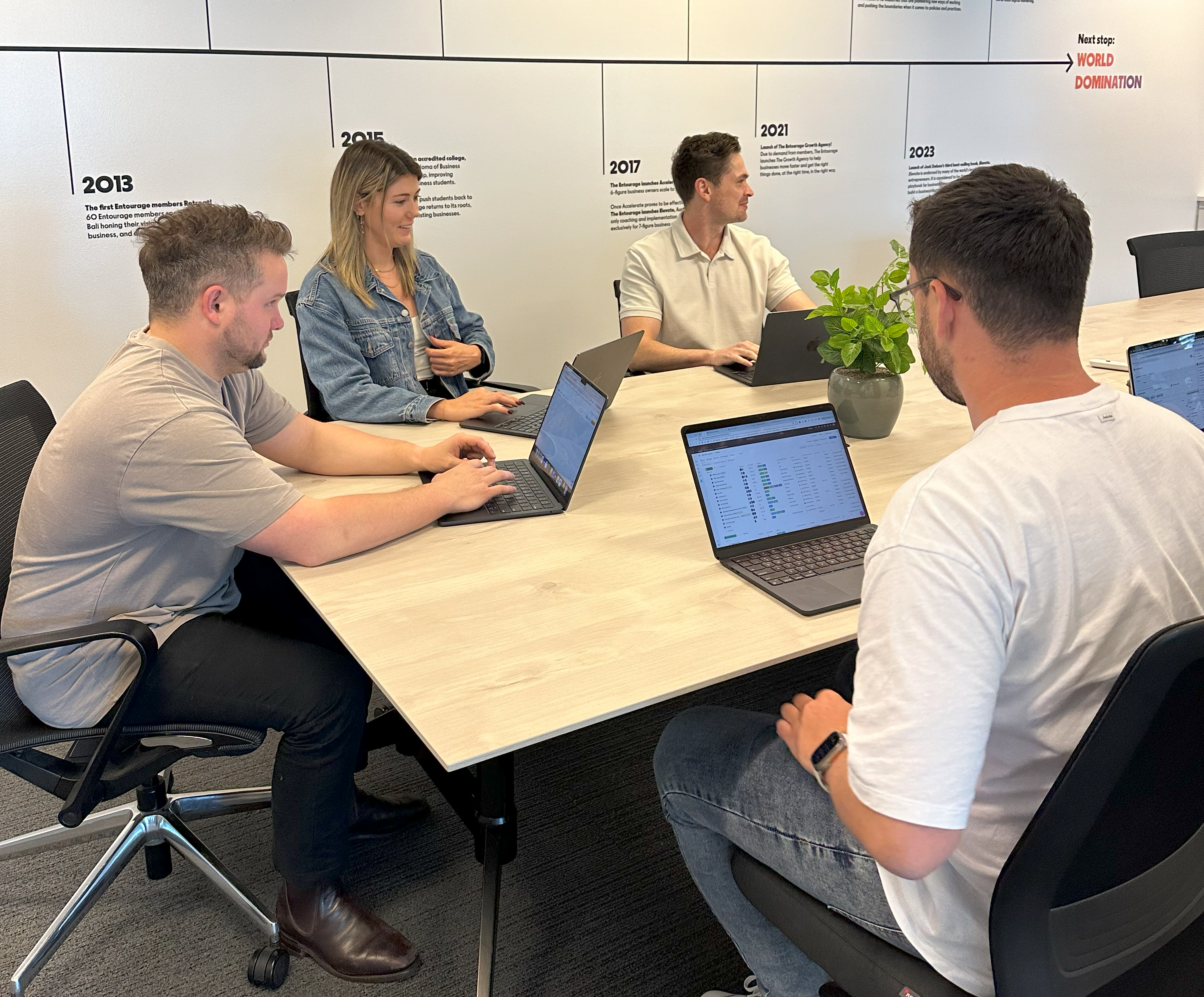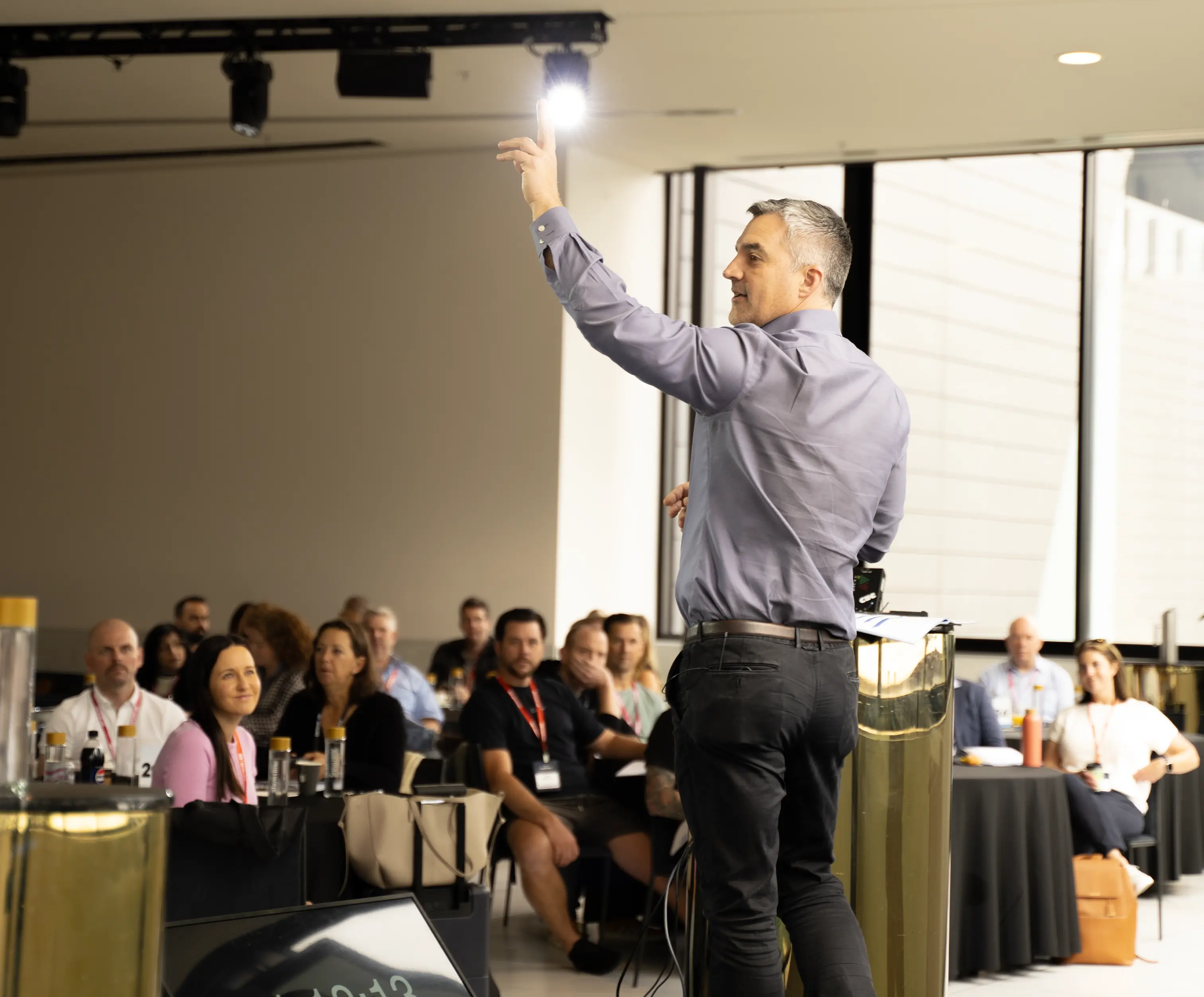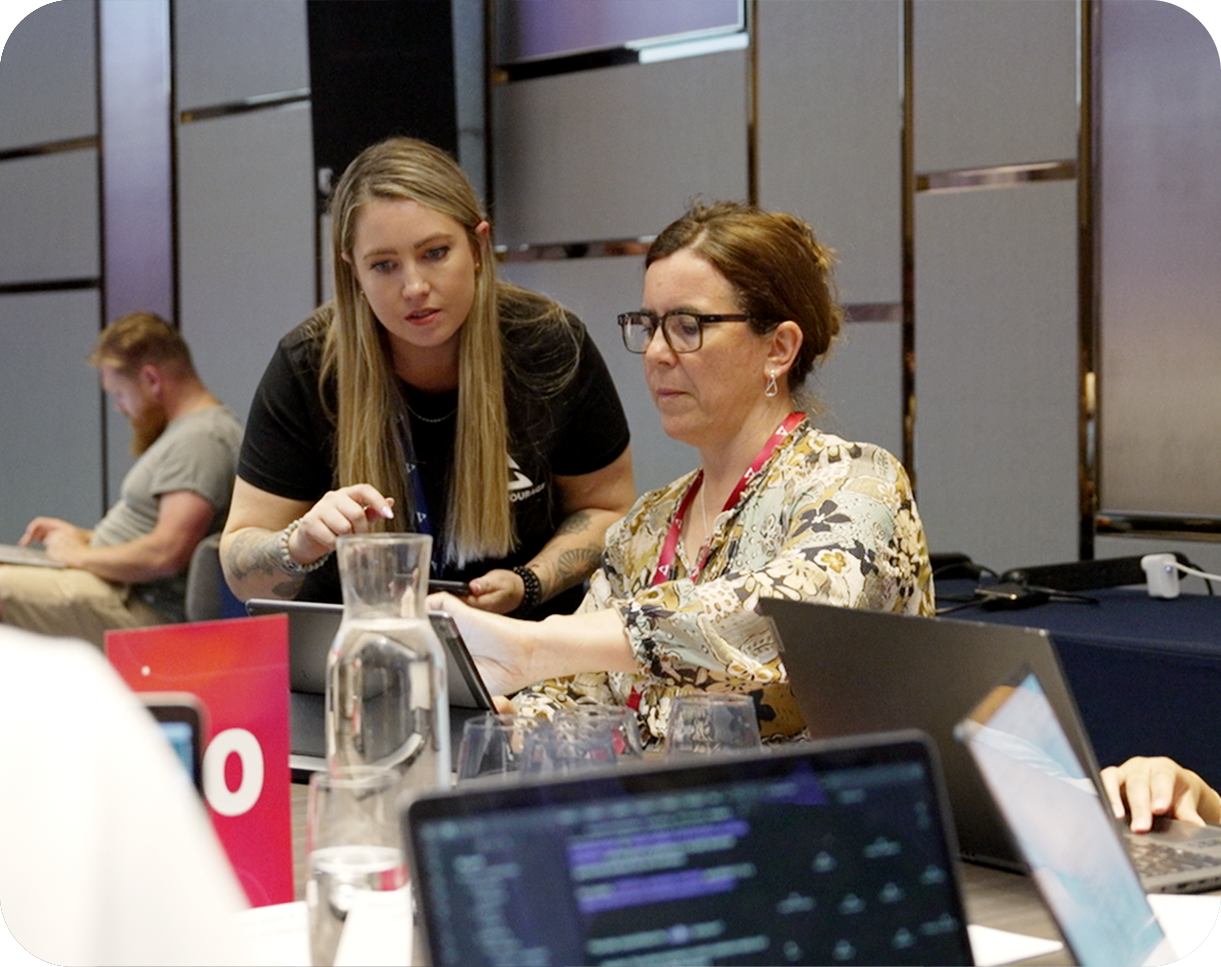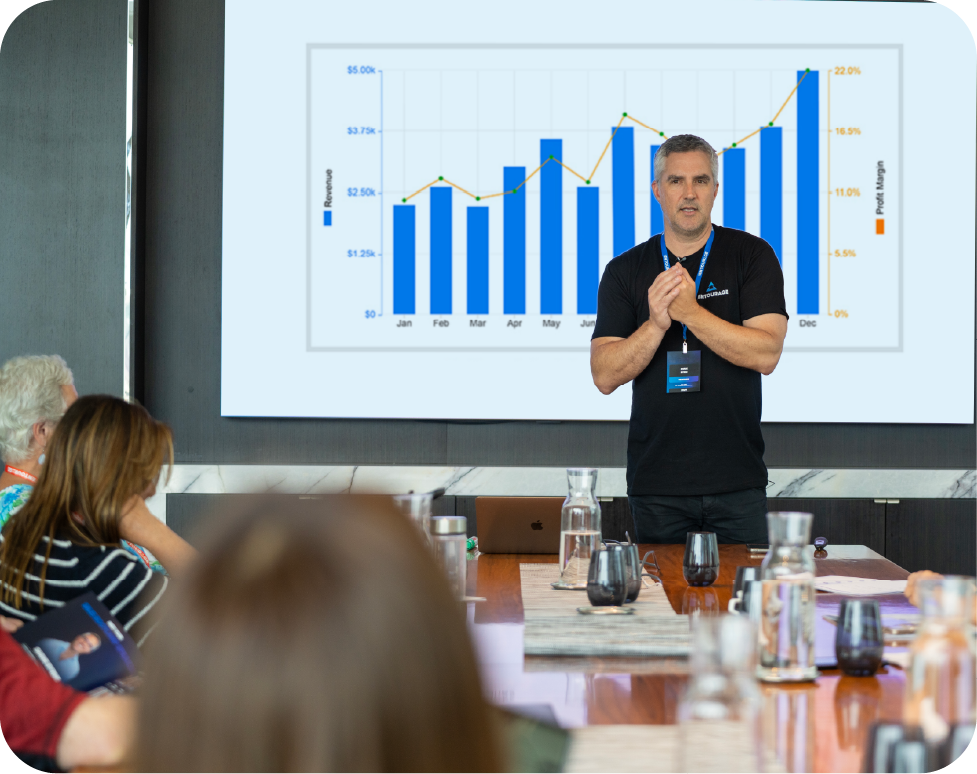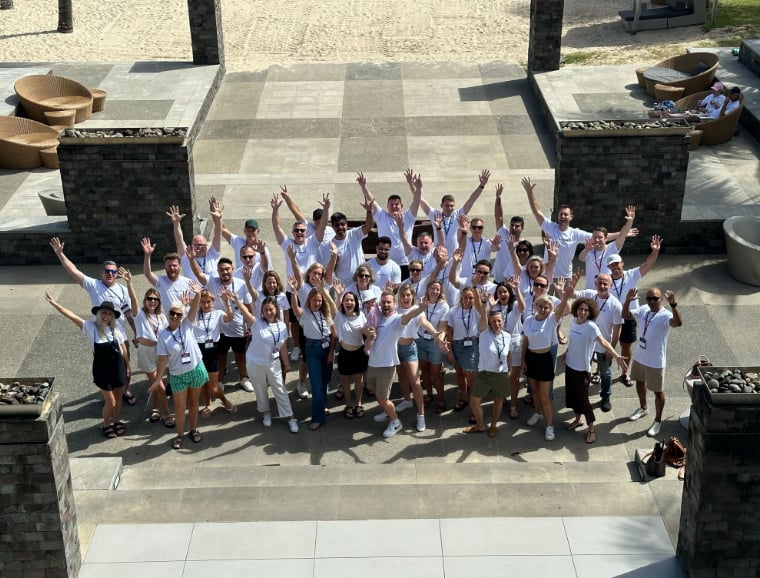If there’s one thing that can throw a serious spanner in the works of any thriving business, it’s a workplace incident. Whether it’s a minor gaffe or a major safety breach, workplace risks don’t just threaten people’s well-being — they mess with productivity, corporate morale, and, in certain cases, your brand’s reputation. And in today’s fast-paced world, where companies are chasing innovation and flexibility, safety can (accidentally) slip down the list.
The thing is, safety isn’t just about ticking boxes on some dusty old checklist. It’s about creating a culture in which people will actually speak up, look after one another and take initiative themselves — because it’s the right thing to do, not just because they’ve been told to do it. Whether you’re running a small start-up with a handful of team members or managing a larger operation with a dozen departments, keeping your workplace hazard-free is one of the smartest things you can do.
Here’s a breakdown of a few practical steps to make that happen.
Prioritise Fire Safety From the Ground Up
Fire risks can be sneaky. This is where fire safety services come in handy. Using professional fire safety services means you’re getting expert knowledge that’s specific to your space and industry. They’ll assess risks, provide equipment that actually works, and help implement plans that make sense for your workplace layout — not just something generic printed off the internet. Better than that, it gives your team trust that you’re not taking something as serious as fire extremely seriously.
It’s not just about exposed wires or someone microwaving their leftovers for too long — though that doesn’t help. Fires can start from overlooked equipment, poor storage of flammable materials, or a lack of proper systems in place. What makes a real difference is embedding fire safety into your workplace from day dot. That means regular drills, clearly marked exits, visible extinguishers, and making sure your team isn’t totally clueless about what to do in an emergency.
Investing in proper fire safety isn’t just good practice — it’s a smart move that could one day save lives and your entire business operation.
Create a Safety-First Culture (Not Just a Poster in the Break Room)
Let’s be real: pinning up a “Safety is our priority!” poster in the lunch area doesn’t mean much if no one actually takes it seriously. If you want real change, safety must be a part of your workplace culture — ingrained in every conversation, meeting and task. It starts from the top. If management skimps or doesn’t observe the rules themselves, it sends a signal that safety is a choice. That’s a hard no.
Encourage open dialogue. Allow staff to point out risks without fear of repercussions. A close call today can morph into a catastrophe tomorrow — unless someone speaks up. Publicly acknowledge good safety habits, and make feedback part of regular check-ins. Even habits as modest as reminding everyone to check their workstations or flag wobbly furniture can add up over time. Safety culture isn’t a one-time thing — it’s an everyday priority.
Keep Training Fresh and Actually Useful
Raise your hand if you’ve ever forced your way through a painfully boring safety video from 2003, struggling not to fall asleep while someone lectures you about ladder placement. The reality is, understanding occupational health and safety should never feel like a tick-box task. It needs to be relevant, updated, and engaging. If your team zones out during training, it defeats the entire purpose.
For starters, keep your sessions engaging and bite-sized. No one wants to sit through four hours of safety training. Use real-life examples from your sector — or even better, your own company. Make sure new staff are coming on board with the right mindsets, and include them in the development of training content — they’re often better able to spot risks or gaps that old-timers might not.
Refreshers are a must, too. Things change — new tech, new layouts, new procedures — so your training should evolve too. And hey, if you’ve got Gen Z employees, consider delivering part of it via video or interactive app, meeting people where they are matters.
Do a Walkthrough… But Actually Walk Through
Risk assessments aren’t just paperwork exercises. What you need to know about compliance and risk management is that it represents an opportunity to observe your space with fresh eyes and spot things that may have gone unnoticed.
Cords dragging across the floor? Overloaded shelves that are just barely hanging on? Is the emergency exit blocked by someone’s bicycle? These are the kind of things that happen and don’t seem all that urgent — until they are.
Recruit someone from each team to walk through their space on a regular basis and note down whatever feels “off.” Not everything has to be fixed all at once, but having a list and a plan is half the battle. Keep it practical, not punitive. The goal isn’t to catch people out — it’s to catch issues before they cause serious harm. And bonus: it gets people thinking more critically about their work environment day to day!
Address Mental Health and Burnout Risks Too
Workplace safety isn’t all about slips, trips and reminding employees about how to find the nearest fire exit. The relationship between mental health and overall well-being and safety is huge. When people are sleep-deprived, overworked or preoccupied with personal issues, they’re more likely to make mistakes, zone out, or even hide physical issues to avoid drawing attention to themselves.
Create space for honest conversations. Offer flexible arrangements when possible, encourage proper breaks (not just eating lunch at a desk), and provide access to external support if your business can afford it.
Be on the lookout for the early signs of burnout — irritability, exhaustion, disengagement — and normalise talking about it. Even having a designated quiet zone or mental health check-in point can help your team feel seen and supported. A mentally well team is a safer team, hands down.
Invest in the Right Equipment and Maintenance
This one seems almost too simple, but you’d be surprised at how many businesses expect their employees to just “make do” with a dodgy chair, prehistoric tools, or software that crashes every five minutes. Whether you’re dealing with machinery, vehicles, or even office chairs, dodgy equipment equals increased risk.
Doing regular maintenance and having a clear replacement policy matters. It’s not about being flashy — it’s about being functional and safe. Allow employees to report faulty gear anonymously if needed. No one should be scared to say “hey, this isn’t working properly” in case they get blamed.
And always, always, follow up. There is nothing more frustrating than reporting a broken desk drawer for the 5th time, only for nothing to happen. That communicates there’s zero interest in prioritising safety — a message that can (and will) trickle into everything else.
Review, Reflect, Revise — Often
Your workplace is not a static space. Teams expand, layouts change, and new risks pop up as a result. What was effective six months ago may not be enough now. That’s why it’s crucial to review your safety procedures consistently. Don’t wait for an incident to do a full audit — schedule them in advance and commit to sticking to it.
Ask for feedback from across all levels of staff, not just the top players. Try anonymous surveys, feedback boxes or one-on-one chats. Sometimes the most useful insights come from the most unexpected sources — like the intern who noticed a broken handrail or the cleaner who spotted exposed wiring.
Most importantly, be sure to act on any feedback you receive. Safety isn’t a set-and-forget system — think of it like a software that needs regular patches. Keep it current, keep it collaborative, and keep it human is what makes protecting your small business easy and effective.
Build a Culture of Safety
At the end of the day, workplace safety isn’t about spooking people into compliance or pushing one-size-fits-all policies. It’s about creating a place where people feel safe and respected, and where they will step into their best selves. A little bit of effort, a lot of consistency, and clear communication will lead the way.
Remember: if your people aren’t safe — physically or mentally — they can’t thrive. So, make safety an integral part of the regular rhythm of your business, not some dusty old manual hiding out on a shelf.
Related Categories
Ryan Terrey
As Director of Marketing at The Entourage, Ryan Terrey is primarily focused on driving growth for companies through lead generation strategies. With a strong background in SEO/SEM, PPC and CRO from working in Sympli and InfoTrack, Ryan not only helps The Entourage brand grow and reach our target audience through campaigns that are creative, insightful and analytically driven, but also that of our 6, 7 and 8 figure members' audiences too.

